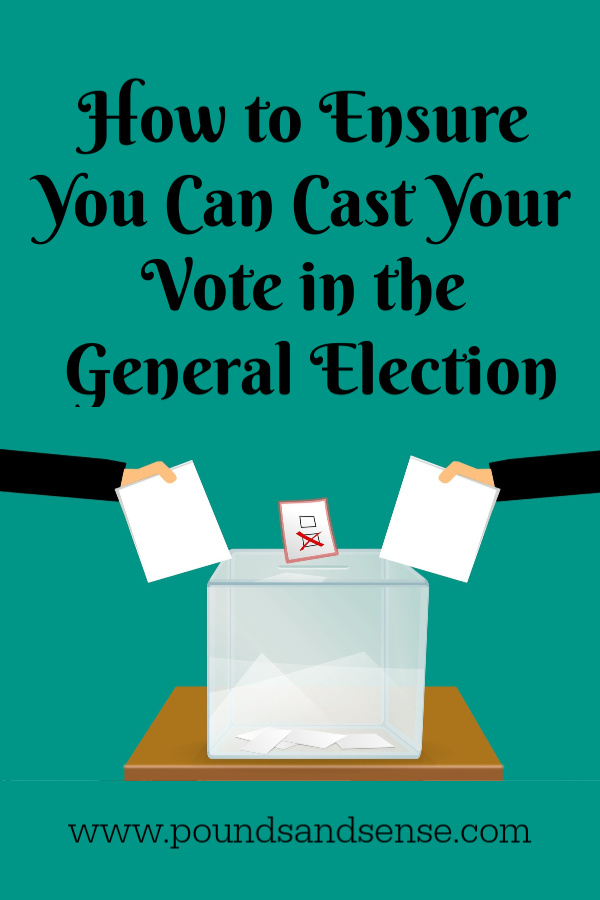How to Ensure You Can Cast Your Vote in the General Election
Last week I published this post about how to get a postal vote. If you wish to do this, I urge you to act as soon as possible, as the deadlines for applying are fast approaching.
- If you have been given a postal vote you won’t be able to vote in a polling station, although you can take your postal vote there in person if it’s too late to post it.
Today I want to talk about how to ensure you are able to vote on the day – 4th July 2024 – if you don’t have a postal vote. I am particularly addressing older individuals today, since they are the people for whom this blog is primarily intended.
The name and address of your local polling station will be on your poll card. This is the only place you can go to vote. It’s a good idea to take the card with you so that the clerks can find you on the register. But it’s not compulsory to take it if you have misplaced it (or never received it) . In that case you will simply need to provide your name and address.
For the first time in a UK general election, however, you will need to bring a form of photo ID with you when you go to vote. Various options are acceptable, including a photo driving licence, passport, old person’s bus pass, Blue Badge, and so on. They don’t even have to be current so long as you can be recognised in the photo. You can see full details of what forms of photo ID are acceptable on this web page. Failing that, you can apply for a free Voter ID document here – the closing date to apply for this is Weds 26th June. You will of course need to be registered to vote before you can apply for this. Note that photo ID is not required when voting by post.
- If you’re not sure where your local polling station is, this website will find it for you.
Here then are some tips for getting safely to and from the polling station on election day.
Going to Vote
- Aim to get to the polling station early in the day.
- Plan your journey in advance. If you know the best route to the polling station, this will make your journey less stressful, especially if the weather is bad.
- Don’t be afraid to ask for assistance if needed. See if a friend, relative or neighbour can accompany you or give you a lift.
- If you are going in a car, plan where you will park in advance. If you have a Blue Badge, you can of course park on yellow lines for up to 3 hours, so long as there are no other restrictions. But it is better to park in designated disabled bays if these are available.
- If you are stuck for a way of getting to the polling station, you could contact the local office of the party you intend to vote for. They are all keen to get their voters out and will help you if they can, perhaps by putting you in touch with a volunteer who can give you a lift.
- Finally, at the risk of stating the obvious, take your time and don’t rush, especially if the weather is bad. Casting your vote is important, but so too is avoiding accidents and staying healthy.
Helping Older People to Vote
If you have older (and/or disabled) friends, relatives or neighbours, it is a good idea to check if they wish to vote, and if so to offer your assistance.
A lift to the polling station may be appreciated. Or you could simply offer to accompany them on the journey there and back. This applies especially if they have mobility difficulties.
Whatever your political preference, I urge you to express this by voting on Thursday 4th July. As I said in my earlier post, it is important that the voices of older people are heard by law-makers, and that their views are given due weight.
I hope that by following the tips and advice above you are able to cast your vote safely and with a minimum of hassle.
As always, if you have any comments or questions about this post, please do leave them below.

